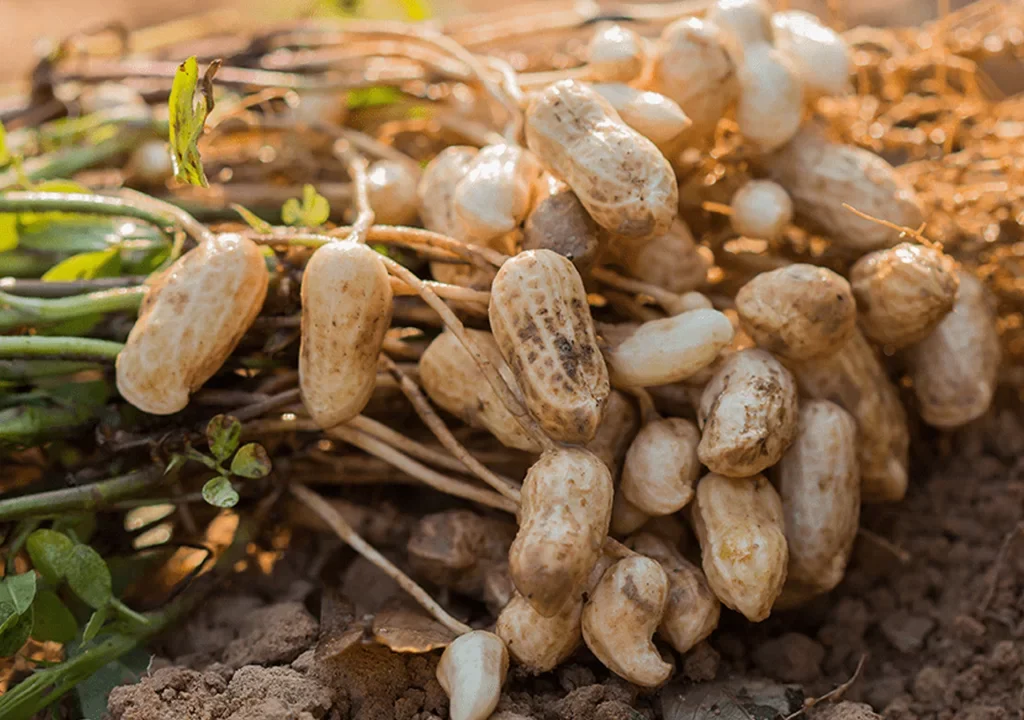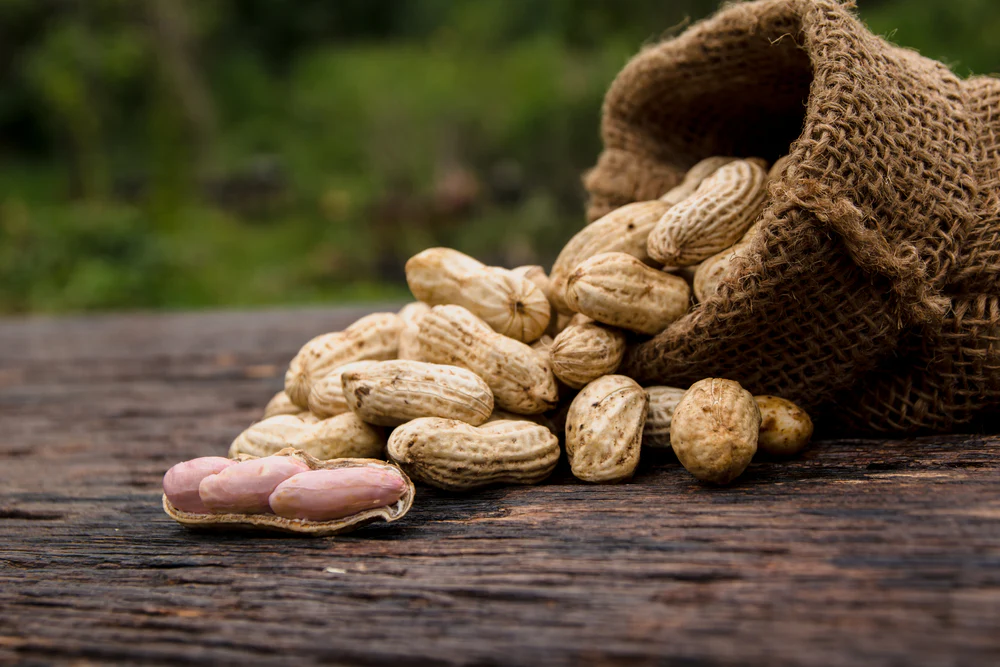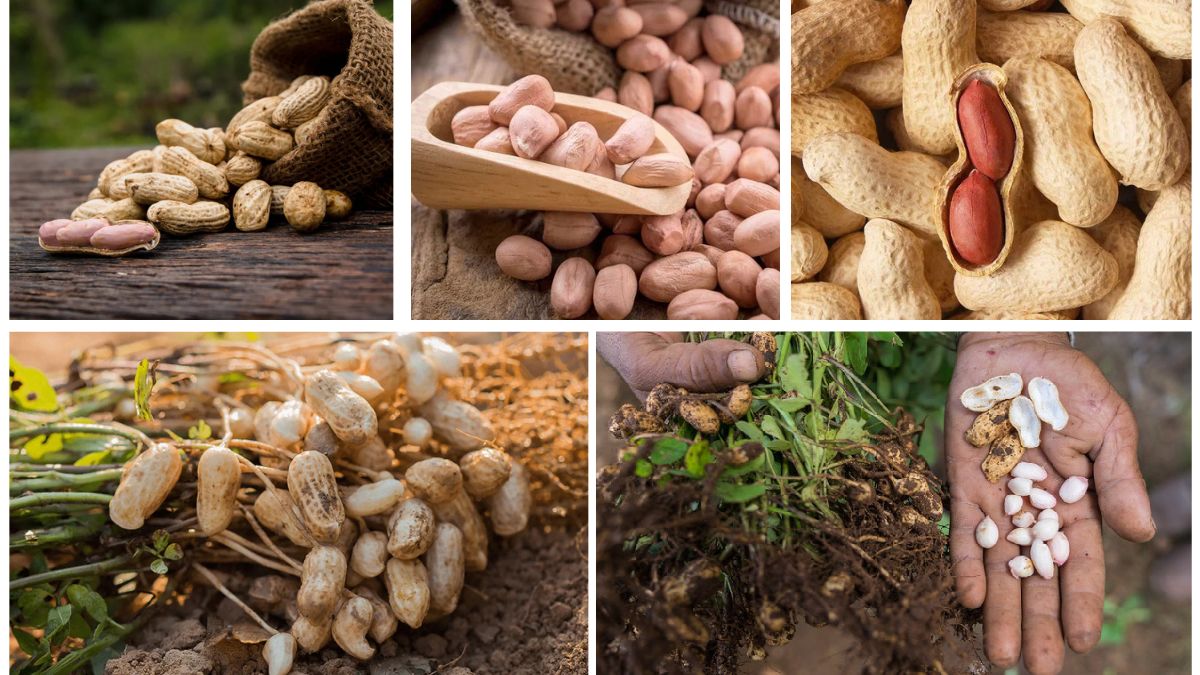Groundnuts—also widely known as peanuts—are among the most important oilseed crops in the world. Beloved as a snack, used in cooking oils, and essential for peanut butter, groundnuts are deeply embedded in global food culture and trade. Beyond food, they are a valuable source of protein for humans and animals alike, making them a cornerstone of agriculture in many countries.
But when it comes to production, one country stands head and shoulders above the rest. So, which country is the largest groundnut producer worldwide? Let’s explore the answer in depth, along with global statistics, trade dynamics, and the future of this vital crop.
The Global Importance of Groundnuts

Groundnuts are native to South America but have spread across the world over centuries, becoming a staple in tropical and subtropical regions. They are a unique crop because they are both a grain legume and an oilseed. This dual identity gives them diverse uses:
- Edible products: roasted peanuts, peanut butter, peanut flour, and confectionery.
- Cooking oil: peanut oil is prized for its light taste and high smoking point.
- Animal feed: groundnut cake (the residue after oil extraction) is used as livestock feed.
- Soil fertility: as a legume, peanuts fix nitrogen in the soil, benefiting crop rotation systems.
With their high protein (25–30%) and oil content (45–50%), groundnuts are both a food security crop and a commercial commodity.
Global Groundnut Production Overview

According to the Food and Agriculture Organization (FAO), the world produces over 50 million metric tons of groundnuts annually. The production is concentrated in a few countries, with Asia and Africa dominating the global landscape.
The top producers are:
- China
- India
- Nigeria
- United States
- Sudan and Myanmar
Among these, China is the world’s largest groundnut producer, contributing nearly 40% of total global output.
China – The World’s Largest Groundnut Producer
China holds the crown as the largest producer of groundnuts, producing around 17–18 million metric tons annually. The country’s dominance comes from a combination of favorable agro-climatic conditions, large areas of cultivation, and strong domestic demand.
Why China Leads in Groundnut Production
- Climate and geography: Groundnuts thrive in warm, sandy soils, which are abundant in China’s northern and eastern provinces such as Shandong, Henan, and Hebei.
- Large cultivation area: China dedicates over 4 million hectares of land to peanut farming.
- High domestic demand: With a huge population, peanuts are a staple snack, ingredient in sauces, and source of oil.
- Modern farming practices: The use of improved varieties, irrigation, and mechanization boosts productivity.
Groundnut Use in China
- Food: Roasted peanuts, peanut butter, traditional sauces, and confectionery.
- Oil: China consumes massive amounts of peanut oil for cooking, making it one of the most valuable edible oils in the country.
- Exports: Although China produces the most, much of its production is consumed domestically, meaning its exports are limited compared to other nations.
India – The Second Largest Producer

India comes second, producing around 6–7 million metric tons annually. Groundnuts are cultivated across several states, particularly Gujarat, Andhra Pradesh, Tamil Nadu, Karnataka, and Maharashtra.
Key Features of India’s Groundnut Production
- Rain-fed crop: Most groundnuts in India are grown during the monsoon season, making yields dependent on rainfall.
- Smallholder farmers: A significant portion of groundnut cultivation is done by small farmers using traditional methods.
- Exports: India is a leading exporter of raw groundnuts and groundnut oil, with major markets in Southeast Asia, the Middle East, and Africa.
Despite being the second-largest producer, India faces challenges such as irregular monsoons, pest attacks, and fluctuating market prices, which sometimes affect productivity.
Nigeria – Africa’s Groundnut Giant

In Africa, Nigeria is the leading groundnut producer, producing about 4–5 million metric tons annually. Groundnuts are a vital crop for both subsistence and commercial farming in the country.
Why Groundnuts Matter in Nigeria
- Economic value: Groundnuts contribute significantly to Nigeria’s agricultural GDP.
- Employment: Millions of farmers rely on groundnut farming for their livelihood.
- Food and nutrition: Groundnuts are consumed locally in roasted form, as oil, or as part of dishes like groundnut soup.
However, challenges such as low-yielding varieties, lack of irrigation, and post-harvest losses limit Nigeria’s full potential in groundnut production.
United States – A Major Groundnut Exporter
The United States produces around 3–4 million metric tons of groundnuts annually, with cultivation concentrated in states like Georgia, Alabama, Texas, and Florida.
Features of U.S. Groundnut Farming
- Mechanized farming: Unlike many countries, U.S. peanut farming is highly mechanized and efficient.
- High yields: The U.S. records some of the highest yields per hectare in the world due to advanced research and technology.
- Exports: The U.S. is a leading exporter of peanuts, particularly to Canada, Europe, and Mexico.
While the U.S. produces less than China or India, its efficiency and export-oriented market make it a global leader in quality groundnuts.
Other Notable Producers

- Sudan: A key producer in Africa, where groundnuts are vital for local consumption and export.
- Myanmar: Produces over 1.5 million metric tons annually.
- Senegal and Tanzania: Important African producers with strong domestic markets.
- Argentina: Known for exporting high-quality peanuts to Europe.
Global Trade and Consumption of Groundnuts
The global groundnut trade is valued at over $5 billion annually. While China dominates production, the United States, India, and Argentina are the top exporters.
Major Importers of Groundnuts
- European Union: Demands high-quality peanuts for snacks and confectionery.
- China: Although a top producer, it imports additional groundnuts to meet domestic demand.
- Middle East & Southeast Asia: Growing markets for groundnut oil and raw peanuts.
Challenges Facing Global Groundnut Production
While groundnuts are in high demand, producers face several challenges:
- Climate change: Droughts, floods, and irregular rainfall affect yields.
- Pests and diseases: Aflatoxin contamination remains a major food safety concern.
- Low productivity in Africa: Despite large areas of cultivation, yields per hectare are low.
- Market fluctuations: International price volatility impacts farmers’ incomes.
The Future of Groundnut Production
As the global population grows, the demand for protein and vegetable oils will continue to rise, boosting the importance of groundnuts. Future trends include:
- Improved varieties: Disease-resistant and high-yielding peanut varieties are being developed.
- Sustainability practices: Emphasis on reducing pesticide use and improving soil fertility.
- Value addition: Expansion of peanut-based products like protein bars, plant-based milk, and cooking oils.
- Global trade growth: Increasing demand in emerging economies will drive exports.
Conclusion
So, which country is the largest groundnut producer worldwide? The clear answer is China, producing nearly 40% of the world’s groundnuts, followed by India and Nigeria. While China leads in sheer volume, other countries like the U.S. and Argentina play critical roles in global trade by supplying high-quality exports.
Groundnuts are more than just a snack—they are a vital food, oilseed, and economic crop that sustains millions of farmers and feeds billions of people. With rising demand for protein-rich and plant-based foods, groundnuts will continue to play an increasingly important role in the global food system.





